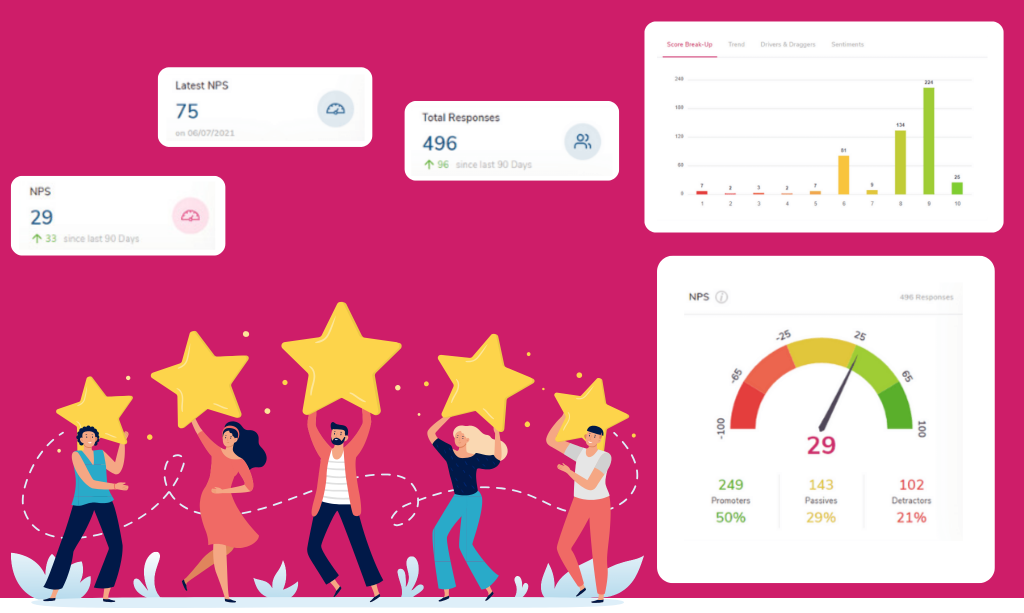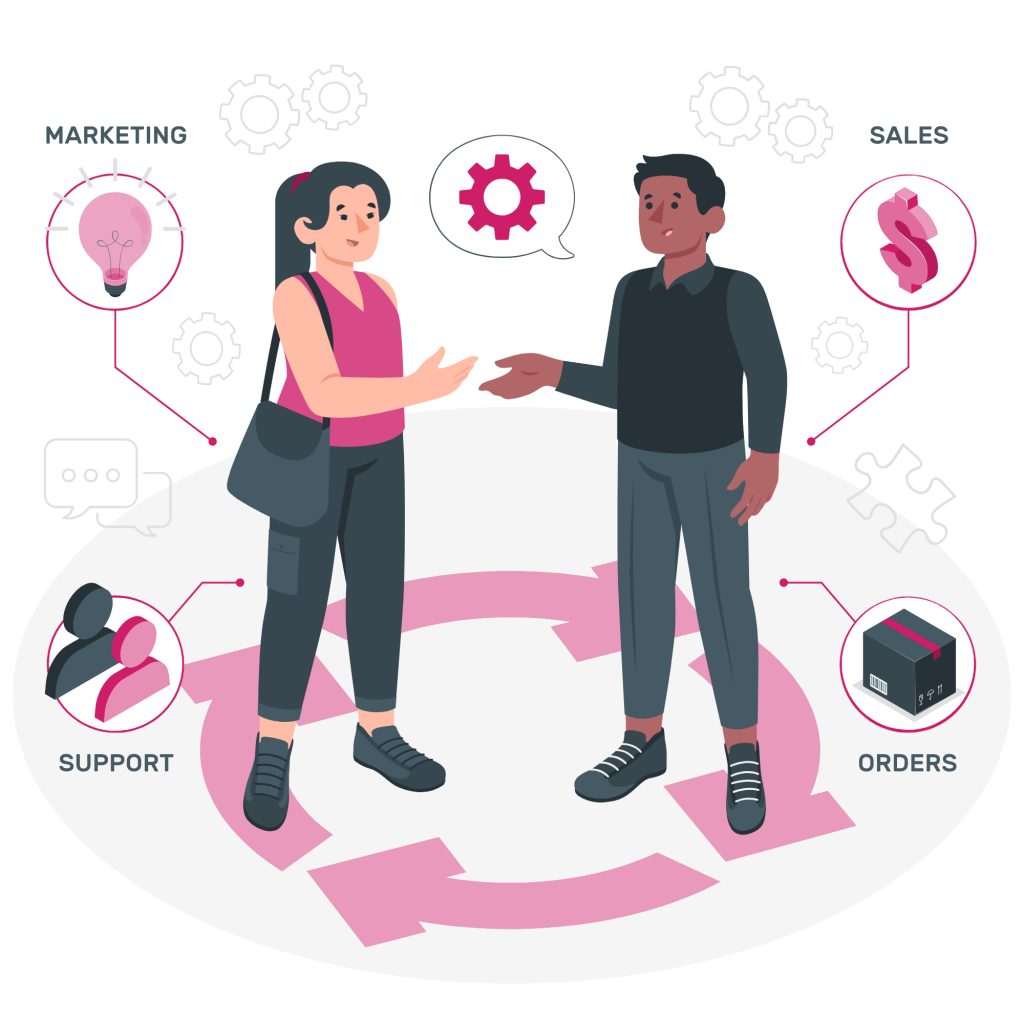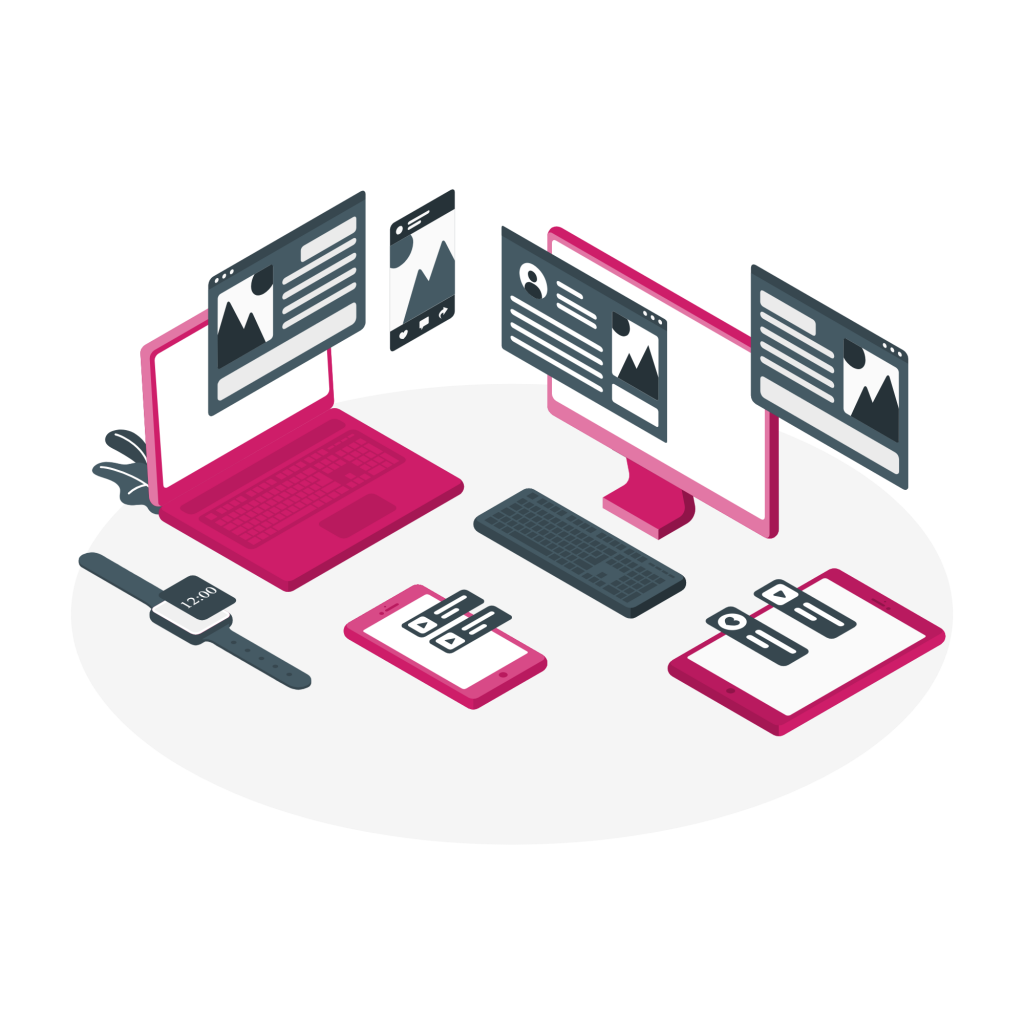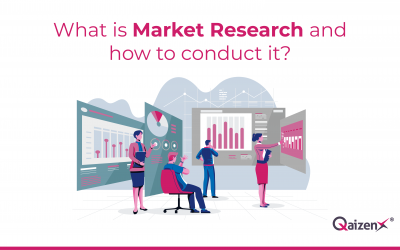How To Take Action On Customer Feedback using Experience Management Tools like QaizenX

Customer Feedback and Experience Management Tools like QaizenX,
“Your most unhappy customers are your greatest source of learning.” – Bill Gates. This quote embodies a fundamental truth that applies to all business conditions. Especially when companies face market uncertainty, paying close attention to customer feedback is essential to get valuable insights and improve products or services.
Analyzing customer feedback and experience management tools and converting them into action offers a chance to show that they are your priority. So you can demonstrate your commitment to them and increase their loyalty to your brand by addressing their pain concerns.

Wouldn’t you like to have insight into how your company is performing in the eyes of your customers?
Obtaining user feedback insights gives your business an opportunity to interact with them. On the other hand, making wise decisions and learning from past errors are equally important for long-term development and success.
What is Customer experience management (CXM)?
“The practice of designing and reacting to Customer Interactions to meet or exceed their expectations, leading to greater customer satisfaction, loyalty, and advocacy.”-Gartner.
The technique of managing each customer’s experience across all interfaces and departments is referred to as customer experience management (CXM). Improving CXM helps organizations retain customers, improve their brand image, and even turn consumers into brand ambassadors.
It’s more important than ever to put the needs of your consumers first in today’s digital environment, where they may approach you through a number of various channels and touchpoints.
What is a customer experience management platform?
A customer experience management tool gives you a full 360-degree picture of every customer’s activities with your company. Including phone calls for assistance, emails for sales, and engagements on social media.

It also allows for the smooth transfer of client information from one division to the next, resulting in better promotional activities, lead generation, service expertise, and Customer Acquisition. An optimal CXM platform should assist your company in unifying all of its customer data so that you have a centralized location for all your critical customer information.
Benefits of using Experience Management Tools
- Seamless flow of customer information: A CXM platform allows for the seamless flow of customer information across different channels and touchpoints, providing a comprehensive view of each customer’s interactions with the business.
- 360-degree customer view: By integrating data from different sources, a CXM platform provides a 360-degree view of each customer, including their preferences, behavior, and history with the business.
- Unified business operations: A CXM platform can unify various business operations, such as marketing, sales, and customer service, into a single platform, making it easier to manage customer interactions and deliver a seamless experience.
- Built-in AI assistance: Many CXM platforms incorporate artificial intelligence and machine learning to help businesses automate processes and improve decision-making.
- Single setup: It typically involves a single setup process. Making it easier and faster to deploy compared to managing multiple tools.
- Effective process automation: CXM platforms often include process automation capabilities, reducing manual work and errors and improving efficiency.
- Connection to social media: These tools can integrate with social media channels. Enabling businesses to monitor customer sentiment and engage with customers where they are most active.
How can you gain insights from customers using Experience Management Tools?
According to Forbes, 52% of marketers with CX expect their budgets to remain the same or to decrease.
Experience management tools can provide valuable insights into customer behavior and preferences, which can help businesses improve their customer experience and ultimately increase customer satisfaction and loyalty.
- Surveys: Surveys can be used to gather feedback from customers about their experiences with a particular product or service. Experience management tools can help automate the process of sending out surveys and collecting responses, as well as analyze the results to identify trends and areas for improvement.
- Social media monitoring: Experience management tools can be used to monitor social media channels for mentions of a brand, product, or service. This can provide insights into how customers talk about the brand, what they like and dislike about it, and what they are looking for in a product or service.
- Customer journey mapping: Tools can help businesses map out the entire customer journey, from initial contact to post-purchase follow-up. So this can help identify pain points and areas where the customer experience can be improved.
- Website analytics: Track customer behavior on a website, including which pages they visit, how long they stay, and what actions they take. This can provide insights into how customers interact with a website and what changes could be made to improve the user experience.
- Customer feedback management: Businesses can manage customer feedback, including complaints and suggestions. This can help the company ensure they address all feedback and make changes to improve the overall customer experience.

Actions to be taken on customer feedback insights with the help of experience management tools like QaizenX
When it comes to taking action on customer feedback insights, it is important to have a clear plan in place.
- Categories feedback:
Experience management tools can automatically categorize feedback. So based on keywords or sentiment, it is easier to identify common pain points or areas for improvement.
- Prioritise actions:
Experience management tools can help businesses prioritize. Which steps to take based on the severity of customer feedback, allowing them to focus on the most critical issues first?
- Monitor progress:
It’s possible to track customer experience. But over time to see if actions taken have improved customer satisfaction.
- Personalize responses:
Experience management tools can help businesses personalize responses to individual customers based on their feedback, which can help build stronger relationships and increase loyalty.
- Share insights across teams:
Experience management tools can help businesses share insights across teams. Allowing employees in different departments to work together to address customer feedback and improve the overall customer experience. - Offer Omni-channel:
Offering omnichannel support is an important aspect of any customer experience strategy. So it involves identifying the channels that customers use and providing a seamless experience across all of them. This might include in-person interactions, social media platforms, email, phone, and live chat support. So omnichannel support requires training staff, incorporating technology to their advantage, monitoring customer feedback, and providing a consistent experience. By doing so, businesses can improve the customer experience, build stronger relationships with customers, and ultimately drive business growth.
Final Thoughts
One should always treat customer feedback as a gift, even if it isn’t what one expected. So embrace the feedback, even the negative ones, and turn them into actionable insights that can help your business grow. Remember, a satisfied customer might tell one person about their experience, but a dissatisfied customer will tell 10! So make sure you’re listening to your customers and using their feedback to deliver an even better product or service.
By collecting and analyzing customer feedback, including QaizenX, businesses can improve customer experience.
Keep calm, listen to your customers, and carry on improving!
Recent Posts
- 20 Examples Of Employee Feedback In The Workplace
- How to Obtain Valuable Input from Your Audience for Enhanced Product Development (and Increased Sales)
- 4 E’s of Employee Engagement and How To Implement Them
- How To Choose The Right Customer Experience Management Software For Your Business
- Why Customers Leave: Recognizing the Signs and Strategies for Retention

